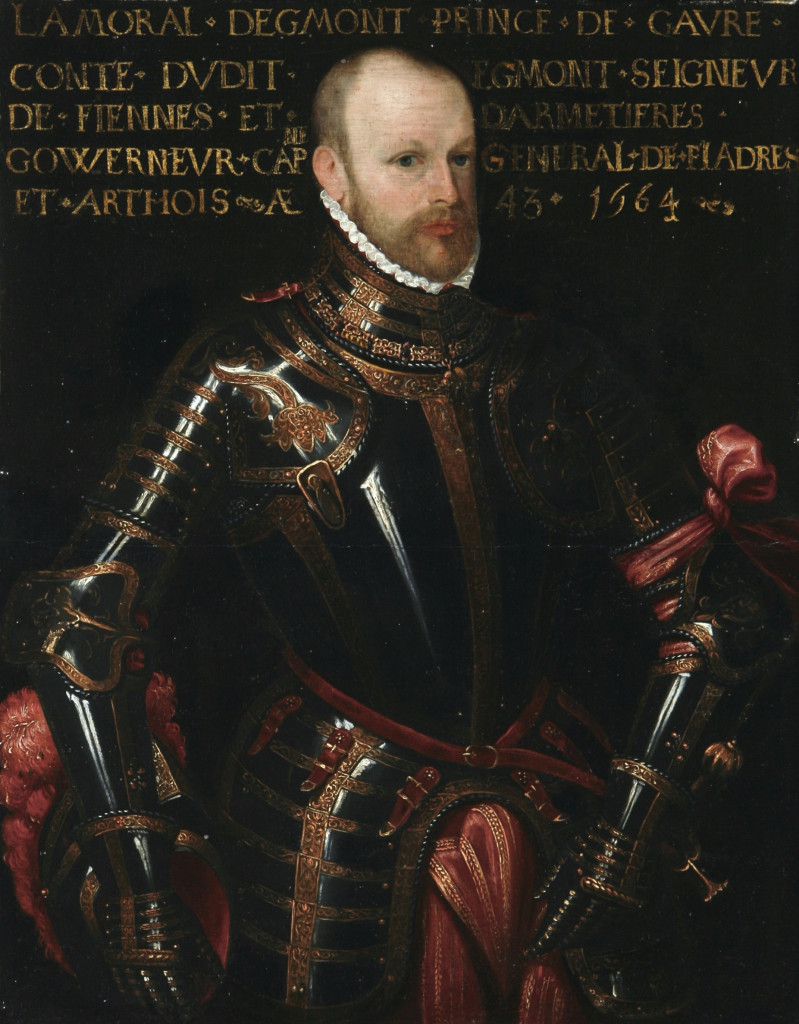
A full house in the Four Arts auditorium on Monday night heard a very interesting program from the Palm Beach Symphony that had simply been promoted as “Egmont”: An uninspiring name associated with Beethoven’s masterful overture of the same name.
The concert, however, proved to be most inspiring. This Egmont was more than an introductory overture to warm up the orchestra; it was the complete incidental music, to Goethe’s play, with spoken dialogue and soprano vocals. In Beethoven’s day there were no movies or television and so to enhance a play the author often invited famous composers to supply incidental music.
Ramón Tebar, the highly regarded conductor of the symphony, is to be congratulated for introducing this wonderful piece of rarely played music to his public. It is not generally known that Beethoven wrote incidental music to five plays: Egmont, King Stephen, The Ruins of Athens, The Creatures of Prometheus and of course Fidelio, which over 10 laborious years he perfected into his own famous opera about freedom. His incidental music to these plays needs more concert exposure, for which audiences will thank music directors, judging from the rousing welcome this performance received at the Four Arts.
Goethe’s drama is set in the 16th century. It follows the tribulations of the Count of Egmont, who was convicted of treason and executed after he protested the Spanish occupation of his native Flanders. The incidental music, beginning with the Egmont overture, is run through with militaristic themes at first. Slow and deliberate phrases are punctuated by stout chords. The music pivots to faster tempos as victorious triumphant melodies begin to catch our attention led by the horns. Trumpets and timpani loudly emphasize the victory theme as the overture closes.
The narrator — using English — begins the story and continues reading between a series of 10 entr’actes, including two sung poems by Goethe. Beethoven’s music reflects the spoken word and paints each verbal scene perfectly. For me, who had not heard Egmont in its entirety, it was a new and brilliant discovery. Beethoven’s music is enchanting, ethereal and enrapturing, each of the 10 pieces is short and stands alone. Immediately after it ended, I wanted to purchase a recording.
Having heard his symphonies, concertos, string quartets ad infinitum, I found this music to exude subtle charms, giving one new insight into a composer whose work has at times verged on being hackneyed. Along with others at the concert, I now have a fuller understanding and new appreciation of the deaf genius of Bonn and Vienna. It is very special music.
Dale McNulty, president of the orchestra, was the narrator. His readings caught the meaning of the story nicely and his delivery was perfectly clear with a resonant rounded vocal production that intimated elocutionary sensitivity. The singer of Goethe’s two poems was the young Cuban soprano, Laura Martinez León, now singing with Florida Grand Opera.
Schubert’s Second Symphony (in B-flat, D. 125) led off the program. He wrote it when he was 17 and teaching at the same school as his father. Taking his cue from Papa Haydn’s final London symphony, Schubert used it as a point of entry for his own symphonic craft.
Tebar chose to open the Allegro vivace at a very fast pace. So much so that the woodwinds could not keep up. Strings cement the middle section, the violas, celli and double bases were excellent as flutes and oboes overplay them in the long exposition, obviously the work of a 17-year-old in love with his craft. The exuberance continues in overly orchestrated sections until the movement ends.
The Andante is slow at first. Woodwinds dominate as the strings weave lace like melodies around them. Gradually it plods along to an uninspiring ending. In the Minuetto there’s a lovely oboe solo, beautifully played, but sounding tinny placed so far back in the rear. The Presto has a sudden galop opening. After a pause the exposed strings pick up the tune. It was instructive to hear how weak the violin section sounded when playing alone. Some players were even off-key.
As the Presto ended with a forte declamation I was aware of an orchestral imbalance, the result of so many players in such a cramped space. Perhaps the woodwinds and brass ought to be on raised platforms at the Four Arts. The overhanging sets of curtains absorb so much sound. But I quibble. It was so rewarding to discover Beethoven’s complete incidental music to Egmont.